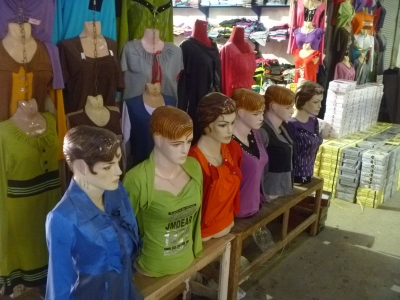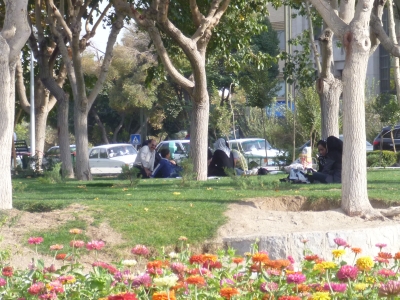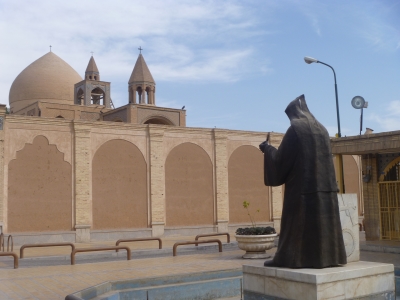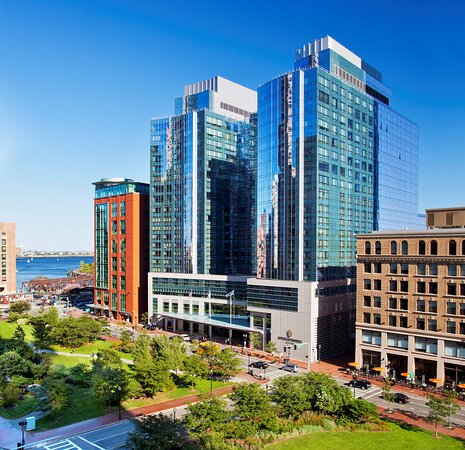Here are some of the interesting things I noticed about culture and modern life in Iran. This is a particularly hard topic to list stuff about so I’m sure I missed some crucial things that I saw in favour of the stuff I happened to remember.
Like most of the Middle East and Central Asia, the day begins a lot earlier than in western countries. A lot of it is probably influenced by the prayer times although as I’ll discuss in another post, I don’t know how strictly most people actually adhere to prayers. The other end of the stick is that most businesses, shops and organisations close for lunch for a few hours. The markets and the city in general can be pretty deserted at around 2pm. However, things stay open a lot later — there seems to be a much more blurred line between work and non-work. Shopkeepers probably keep their store open all day but conduct other business and leisure from the vantage point of the store.
Appearance is considered very important in Iran. It’s quite common for young women (and men) to have cosmetic surgery in their late teens/early 20s. There were quite a few women on the street with bandages on their nose. This doesn’t seem at all out of the ordinary.

Iranians are a nation of picnickers. Families and extended families can be found sharing food, drink and a hookah in all sorts of places. They fill up grass in public parks, they are sometimes even found in patches of grass in the footpath or by the roadside. I think it’s a combination of the importance of the extended family as well as the cost of eating out, which is probably saved for special occasions for most people. Some cities that are on the pilgrim route might get tens of thousands of extra visitors at one time, in which case people are allowed to pitch tents in public parks in the middle of the city, even on concrete.

Western culture looms quite large at least in the cities. It’s not out of place for a woman in a black chador to be shopping at one of the hundreds of designer clothes stores or one of the dozens of lingerie stores. We saw some people doing bike tricks at the river in Isfahan (ie. jumping up on bits of concrete from a standing position, balancing on one wheel) that looked exactly like teens doing skateboarding tricks in Sydney. In Isfahan, they were a bit older though.
The Persian language has changed very little in the last several centuries. According to our guide, classical Persian poetry (like that of Hafez) is completely intelligible to modern Iranians. This is a good bonus and we sat next to some old men at the river in Isfahan who were spending their afternoon hanging out and reciting poetry.
In Yazd, we went to a Zurkaneh to see a class of traditional Iranian wrestling/martial arts (Varzesh-e Pahlavani) done up as an aerobics class. I didn’t know much about it going in and was even told that it was an aerobics class. But the martial origin was apparent, especially with the twirling of the enormous wooden clubs (meel) that give a great workout. This is done in an octagonal pit with people watching from above. The participants were amateurs and there was a sense in trying to restore the old grandeur of the art — but very few were proficient. Probably because it take a shitload of time, a certain body type and so on.

While the veil and the prohibition of alcohol are universal throughout the country, there is a respite for non-Muslims in certain designated areas. For instance, in Tehran there’s the Armenian Club which does not admit Muslims inside. A few people from our group went (I didn’t). Their reports were that the women were made to uncover their heads (veiling being forbidden there), that there was wine and so on. This highlights just how opressive these 2 particular bans are: it’s bad enough for those who identify as Muslims but it must feel 100 times more pointless to someone who’s Armenian or Jewish or Zoroastrian.





0 Comments